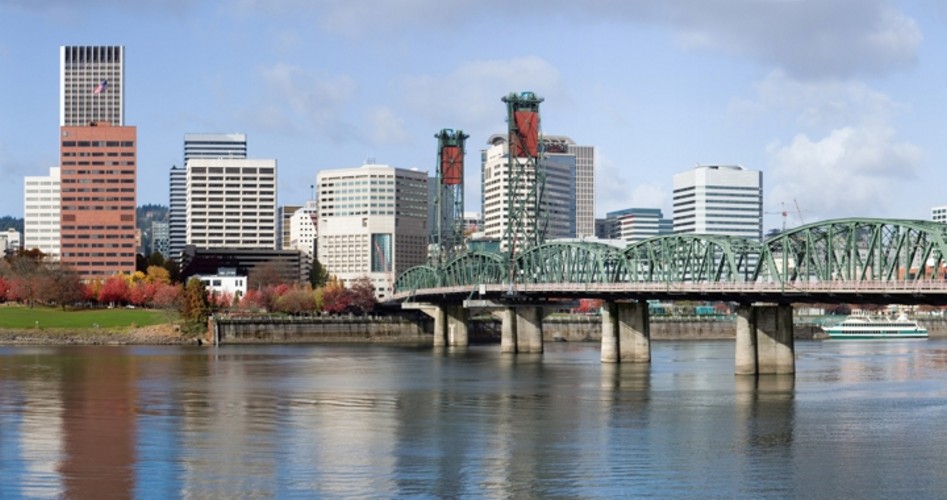
According to press reports, the drive for “cap and trade” legislation has finally died in the Senate.
A New York Times story reports:
Bowing to political reality, Senator Harry Reid, the Nevada Democrat and majority leader, said the Senate would not take up legislation intended to reduce carbon emissions blamed as a cause of climate change, but would instead pursue a more limited measure focused on responding to the oil spill in the Gulf of Mexico and tightening energy efficiency standards.
{modulepos inner_text_ad}
“We know where we are,” Mr. Reid told reporters after reviewing the state of energy legislation with Senate Democrats and administration officials. “We know that we don’t have the votes.”
In a city where few people with power ever bow to reality — political or otherwise — the seeming-defeat of “cap and trade” may constitute one of the few victories for sanity in this legislative cycle. And the end — for now — of “cap and trade” is the latest in a series of developments in the realm of environmentalism since the theory of anthropogenic climate change came under widespread public scrutiny during the past year.
In the heady days before the “Climategate” debacle, President Obama made “cap and trade” a significant element of his environmental legislative agenda. As Obama stated in on “Earth Day” in 2009:
So there’s no question that we have to regulate carbon pollution in some way; the only question is how we do it.
I believe the best way to do it is through legislation that places a market-based cap on these kinds of emissions.
The so-called “carbon pollution” is, in fact, carbon dioxide, which is produced by many ‘natural’ processes, including human respiration, as well as many of the activities attendant with human civilization ranging from wood stoves to internal combustion engines to manufacturing.
The supposedly “market-based cap” had little to do with a genuinely free market, since it was based on a governmentally induced artificial reduction in the ability to generate carbon dioxide. Again, in Obama’s words from April 22, 2009:
And here’s how a market-based cap would work: We’d set a cap, a ceiling, on all the carbon dioxide and other greenhouse gases that our economy is allowed to produce in total, combining the emissions from cars and trucks, coal-fired power plants, energy-intensive industries, all sources.
And by setting an overall cap, carbon pollution becomes like a commodity. It places a value on a limited resource, and that is the ability to pollute. And to determine that value, just like any other traded commodity, we’d create a market where companies could buy and sell the right to produce a certain amount of carbon pollution….
Over time, as the cap on greenhouse gases is lowered, the commodity becomes scarcer — and the price goes up. And year by year, companies and consumers would have greater incentive to invest in clean energy and energy efficiency as the price of the status quo became more expensive.
Such a system is, of course, far from “market-based” since it is based on an artificial, government-induced, limitation on production of a natural byproduct of life. “Cap and trade,” if implemented, would have been simply one more crippling blow to what little remains of American industry. The sweeping, invasive system of regulation and taxation that rest at the heart of any such “cap and trade” scheme were simply untenable, given the ongoing financial crisis in the United States. Furthermore, Obama’s own words demonstrate that such a system was never truly based in a “market solution”; rather, “cap and trade” was intended to cooerce an entire economy to submit to an artificial scarcity in government permission to "pollute."
In the words of the New York Times:
The decision was a major disappointment to conservation groups and lawmakers who had invested months in trying to negotiate legislation. The House last year passed its own climate change bill, a proposal that has created a backlash for some politically vulnerable Democrats. The outcome was also viewed as a setback by some utility executives who had hoped that Congress would set predictable rules governing carbon pollution.
Undoubtedly the decision is a disappointment to such individuals, but that does not mean the legislation was good legislation, or that the theory behind their regulatory zeal reflects reality. The science behind the theory of climate change has faced fundamental challenges in regard to its methodology and even the credibility of many of the key individuals and institutions involved in the research has been called into question. The troubles confronting the theory of manmade climate change are not limited to the scandal now known as “Climategate”; NASA’s climate data has proven suspect and credibility of the once vaunted Intergovernmental Panel on Climate Change’s Fourth Assessment Report (AR4) was undermined by a review which revealed that much of the “science” cited to defend the report’s conclusions had not been peer reviewed.
The House passed its version of cap and trade in 2009 as part of the build up for last December’s Climate Change Conference in Copenhagen. Intense pressure from environmental extremists, and UN bureaucrats eager to use global environmental legislation to restructure the economy of the entire planet, seemed virtually impossible to resist — right up until the moment when the conference collapsed.
However, the failure of both the Copenhagen conference and the collapse of “cap and trade” certainly does not signal the end of the global agenda of radical environmentalism. This year, the COP 16 Climate Change Conference will be held in late November and early December in Cancun, Mexico—a venue less likely to subject the conference to the public ridicule that cold and snow heaped on last year’s conference in Denmark. And once the election year frenzy has passed after the November elections, advocates of “cap and trade” will survey the new political landscape and evaluate their prospects for the next legislative cycle.





